
On a warm April day, sitting in front of a computer in her SoHo studio, Agnes Denes is in a reflective mood. Every square inch of the red-brick space, which she has inhabited since 1980, is covered with books and papers. The 93-year-old artist is preparing to revisit—and reinvent—her most famous work, Wheatfield—A Confrontation, the two-acre amber “Shangri-La” she planted and harvested over four months in Lower Manhattan in 1982. The influential project will have a second life in Bozeman, Montana, this summer, marking the first time Denes has reimagined her magnum opus in another American landscape.
“The reception that Wheatfield gets now is different from what it received when I made it,” says Denes, two miles from the tilth she once created. “People looked at this little woman, running back and forth in a field. ‘What is she doing? Who is she?’ Now, it’s different. Now, there is a kind of worship.”
Wheatfield does command a certain reverence, particularly among conceptual art devotees. Still a seminal public sculpture more than 40 years on, the work was as much a confrontation of “High Civilization,” Denes explained in a collection of writings, as it was “a small paradise, one’s childhood, a hot summer afternoon in the country, peace, forgotten values, simple pleasures.”
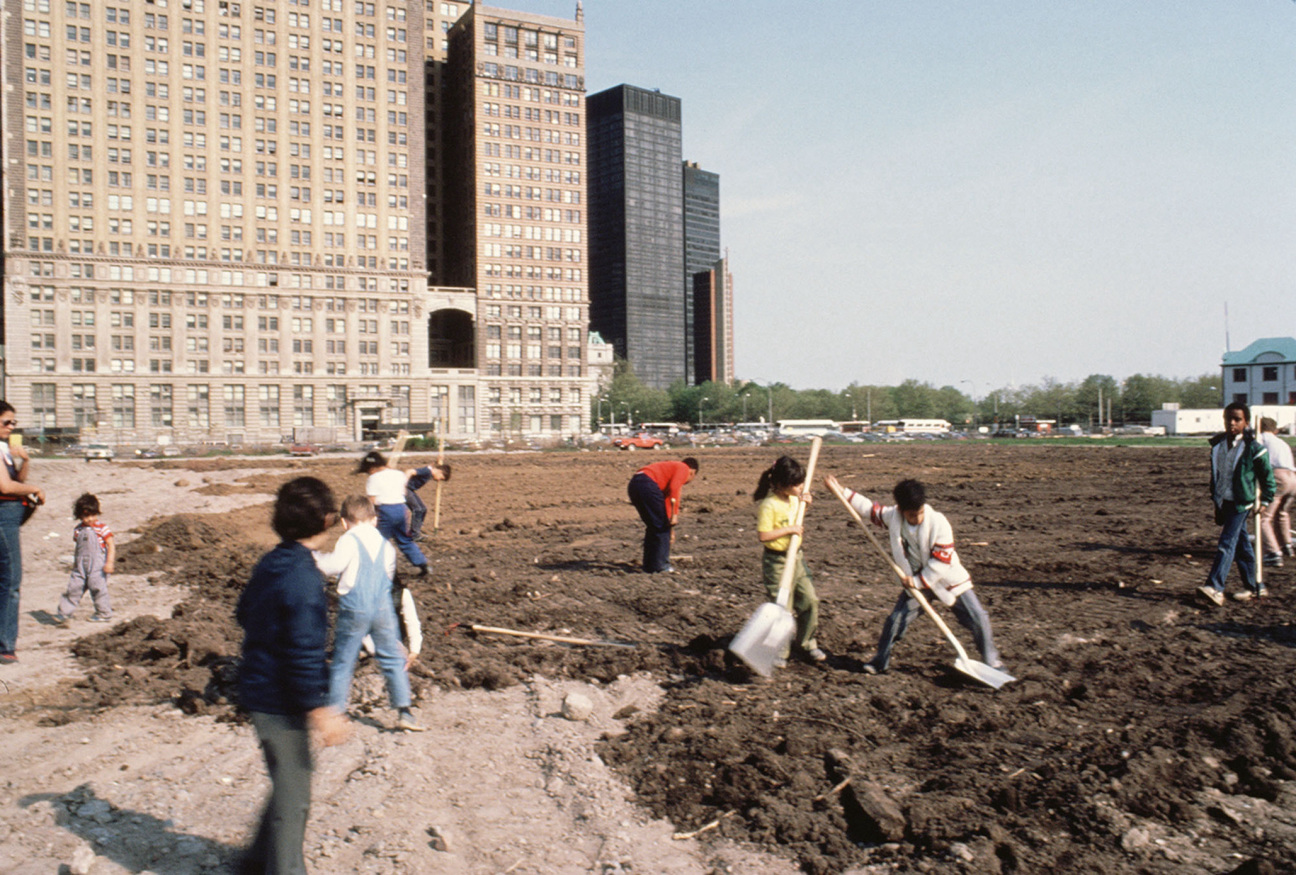
The intervention is immortalized in the majestic image, captured by Life magazine photographer John McGrail, that so many of us associate with Denes today: the artist in her urban wheatscape holding a staff, part Moses, part Captain Ahab. Now considered a founding mother of environmental art, alongside pioneers Cecilia Vicuña, Christo, and Jeanne-Claude, Denes paved the way for the likes of Maya Lin and Olafur Eliasson, whose practices confront conservation and the climate crisis.
With the help of the Public Art Fund, two assistants, and two or three volunteers (for whom she famously made sandwiches every night because she couldn’t pay them), Denes transformed the landfill that is now Battery Park City into an agrarian nirvana. Two hundred truckloads of dirt provided the necessary 10 inches of fertile topsoil, while Denes built an irrigation system, cleared rocks and boulders by hand, and sprayed for fungus, tending a field that culminated in a harvest of over 1,000 pounds of wheat.
This summer, the recently founded Montana nonprofit Tinworks Art invited Denes to revisit the premise with Wheatfield—An Inspiration. The seed is in the ground. The two-and-a-half acre site (one and a half of which will be dedicated to the crop) in a rapidly developing, mixed-use section of Bozeman is a far cry from the work’s original location. What made Wheatfield so remarkable—and indelible all these years later—was the booming of agriculture just blocks from Wall Street and the World Trade Center. Denes described the contrast as “an effrontery that made it the powerful paradox I had sought for the calling to account.” Why, then, would she want to revisit the project in an entirely different landscape? For one thing, Denes is adamant that her career is far from complete, and some of her best ideas yet unrealized. Today’s audiences, she believes, need an intervention like Wheatfield more than ever.
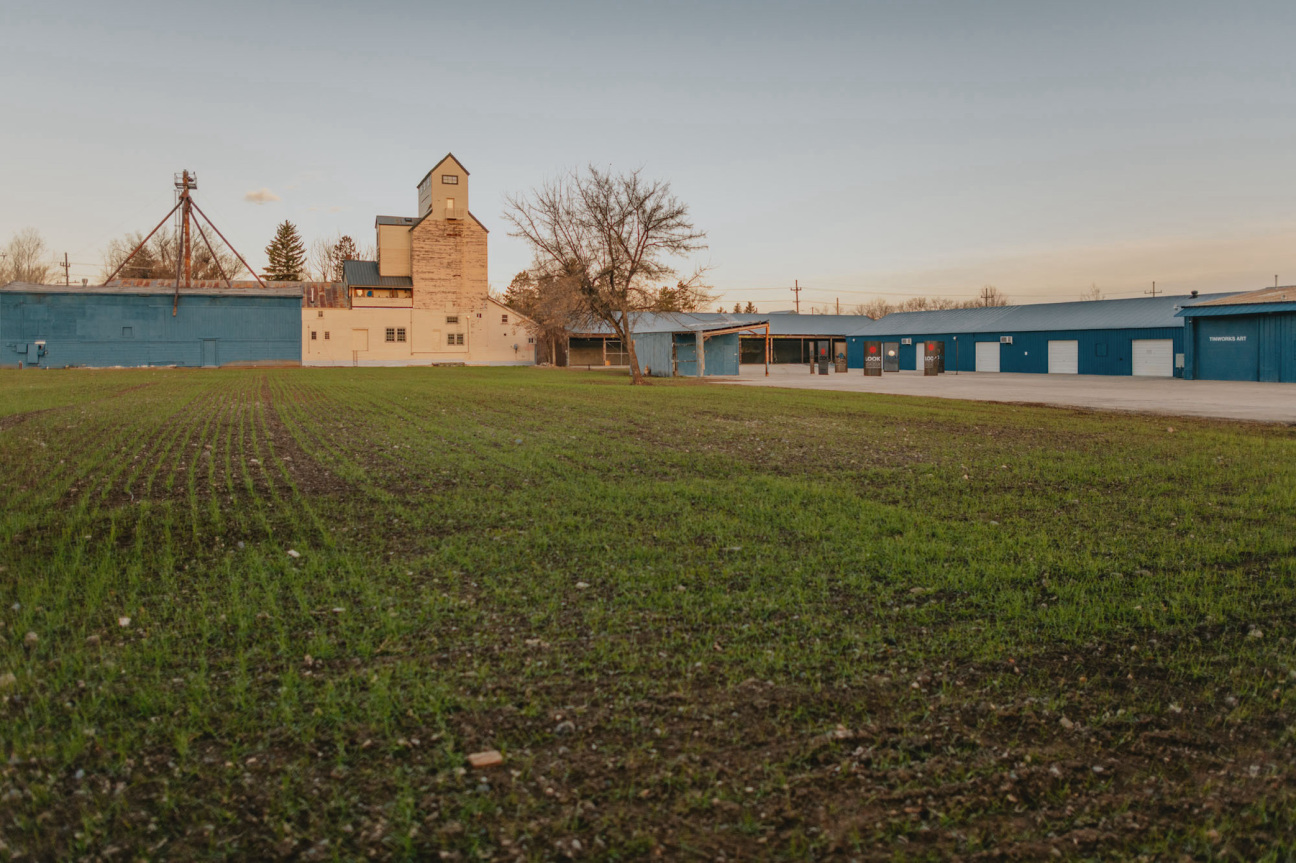
In Bozeman, a crop of Bobcat winter wheat— a strain recently developed by Montana State University to help regional farmers—carries the same, if not weightier, economic and cultural connotations its predecessor did in 1982. Southwestern Montana is grappling with the economic shake-up of the tech industry, California transplants, and a luxury real estate surge. Post-pandemic, the median home price in Bozeman approached $1 million, prompting new questions about land use, preservation, and power.
“Bozeman is a booming micropolis,” says Jenny Moore, Tinworks’s inaugural director, who led the Chinati Foundation in Marfa, Texas, for nine years. “I’m just learning how rich the soil is and that there is a housing crisis, and the important agricultural force that Montana has been.”
Denes is encouraging citywide participation in the artwork, making packets of spring wheat seeds available to the public. This fall, small mills for processing the community’s wheat harvest will pop up at Tinworks. If Denes’s sculpture yields a bountiful crop, the art center’s neighbor, Wild Crumb Bakery, will turn the resulting flour into bread, so the conceptual work becomes a source of sustenance. “Wheatfield is often described as being Land art, but Agnes made a very important distinction to me when describing her work,” Moore says. Land artists like Nancy Holt or Robert Smithson superimpose their art or their will on the land, “while Agnes works with the land.”
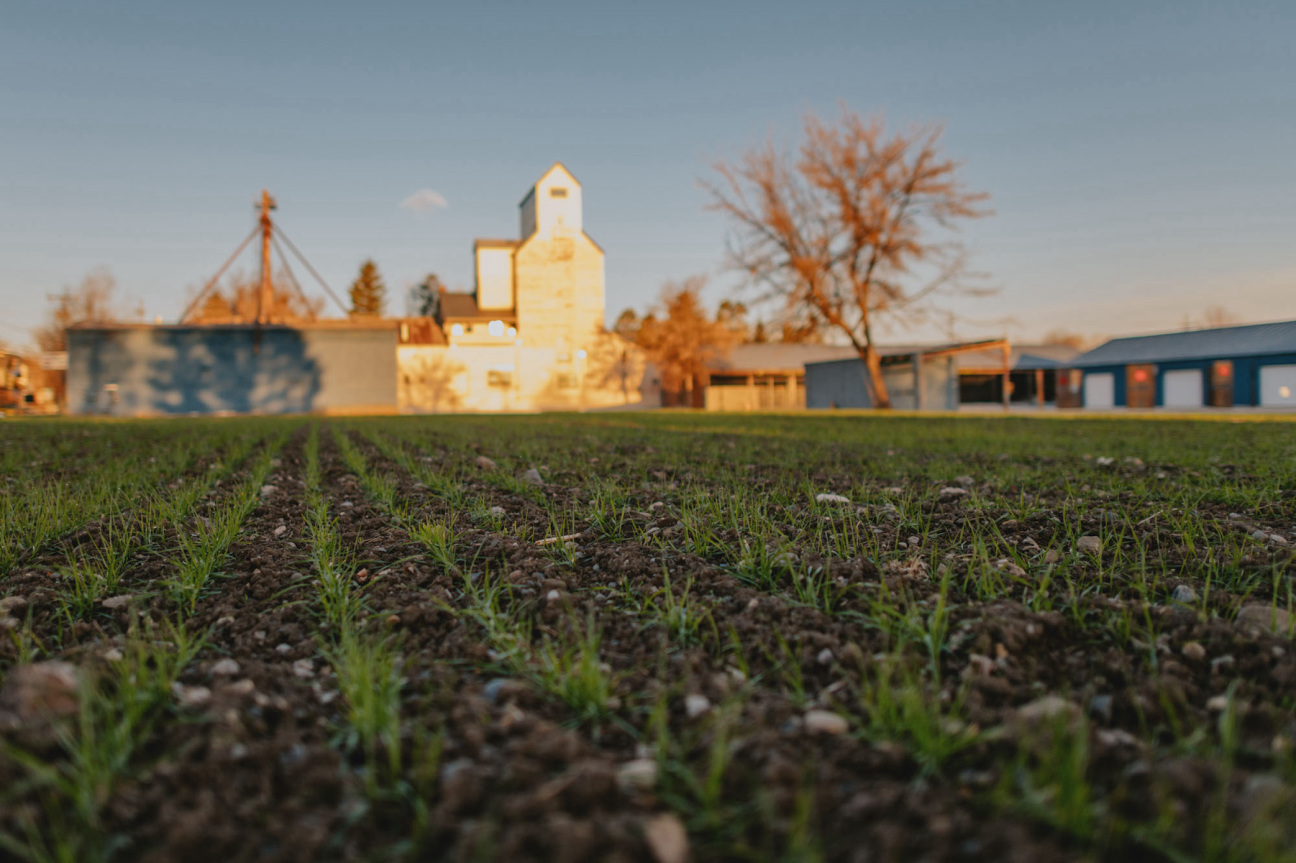
Unlike some of the female conceptual and Land artists of her era who are only now receiving overdue attention, Denes has shown around the globe throughout her career. In 2015, she planted 12 acres of wheat against the backdrop of Milan’s skyscrapers in the city’s Porta Nuova neighborhood. In 2019, her New York retrospective “Absolutes and Intermediates” opened to critical acclaim at the Shed.
The exhibition introduced viewers to the full scope of Denes’s oeuvre, which extends beyond environmental art into sculptural conceptualism. The protean work on view ranged from a 17-foot-tall futuristic pyramid made of thousands of glowing, 3-D-printed blocks to her 1969 obituary-meets-memorial Human Dust, which displays statistics about an unnamed artist’s life alongside a glass bowl containing 1/85th of his calcareous remains.
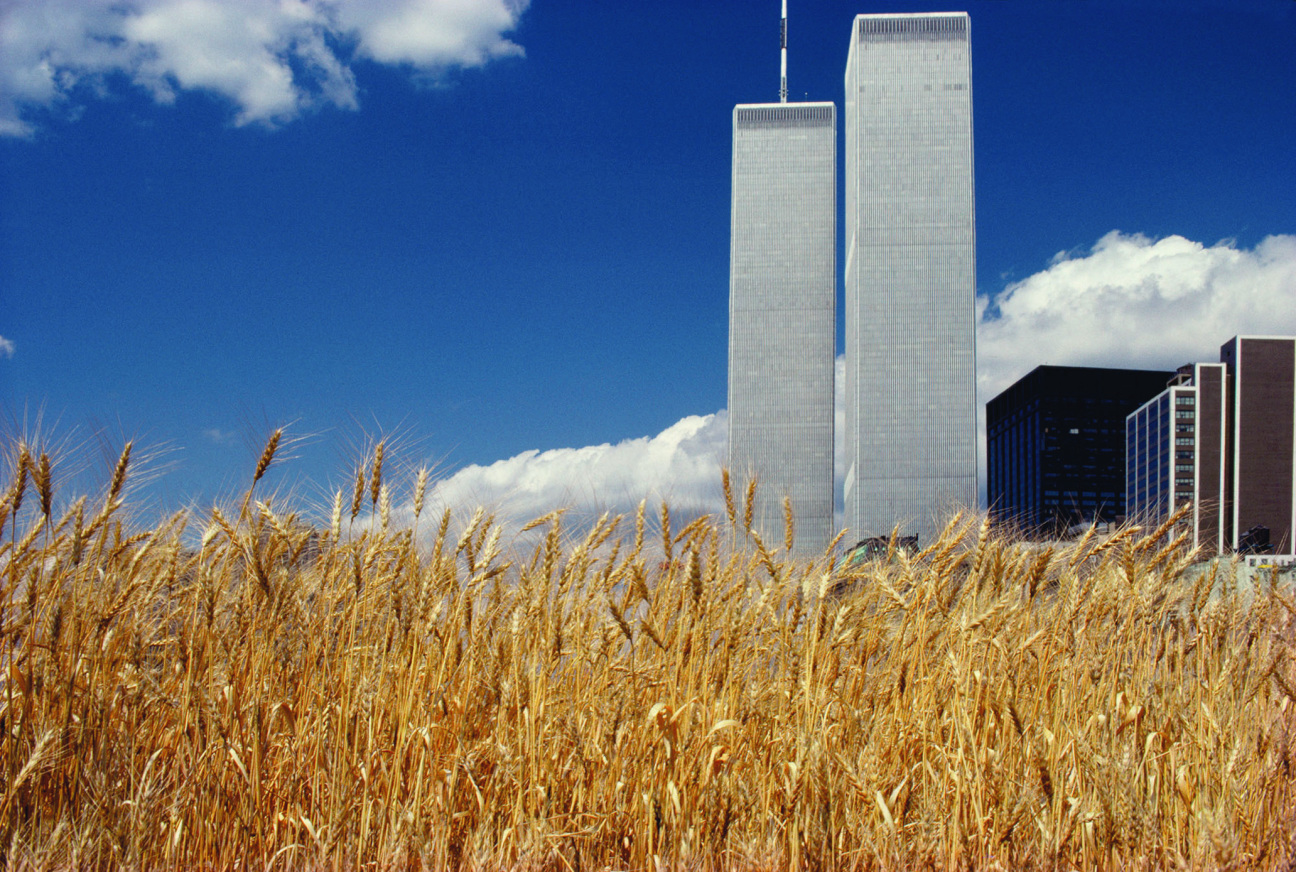
Unique to Denes’s legacy is her talent for making art not only out of space but also time. She will connect with audiences millennia from now through a series of questionnaires and buried time capsules to be opened 1,000 years from the artwork date. When Wheatfield —An Inspiration was announced last fall, Denes began circulating questionnaires to the Bozeman community online. The queries probe artificial intelligence (How would you deal with the possibility of A.I. hurting humanity?) and human survival (As we struggle with global warming and mismanaged societies, is there a bigger picture we might be missing?). Unlike her other questionnaires, which must be opened on a specific date in the future, this “capsule” can be accessed at any time via the cloud.
“My work is to communicate with people and a betterment of people, especially today in a world of confusion,” Denes says, pointing to the famous Life wheatfield image on her computer. “Every era feels confusion and upheaval because you live it. But I think this is different. This is more meaningful, so any intervention, any betterment, is important.” After a beat, she continues, “When you ask questions, you get different responses—from London to Istanbul. If you look back 100 years, you see tremendous change. Imagine what will happen in 1,000 years. I want the future to look back and see who we were.”
Hungry for more stories from the Summer issue? Click here.


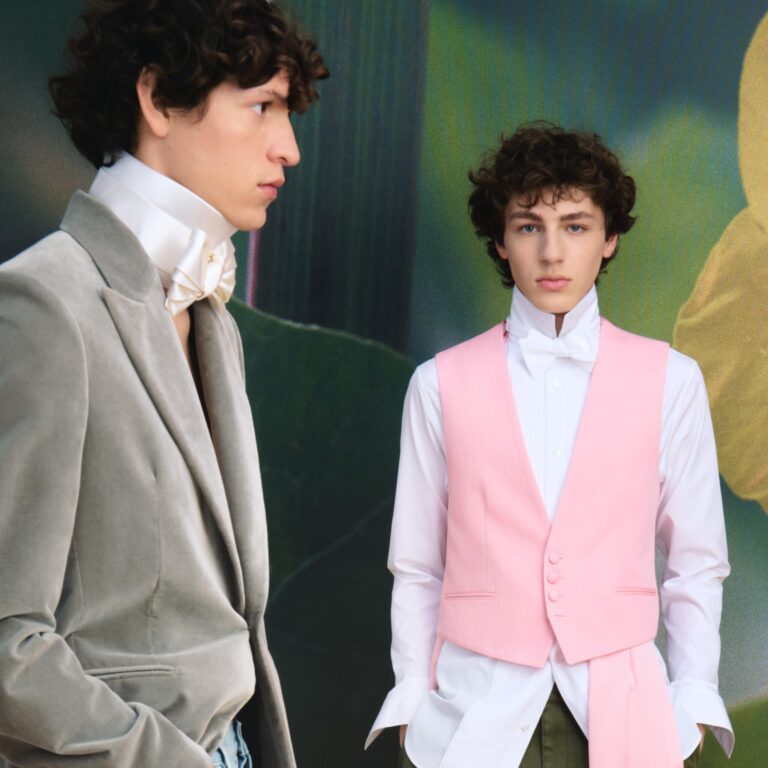


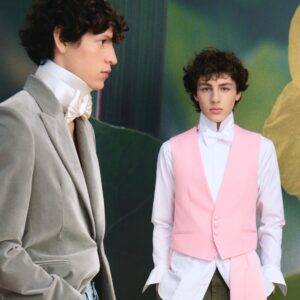




 in your life?
in your life?

